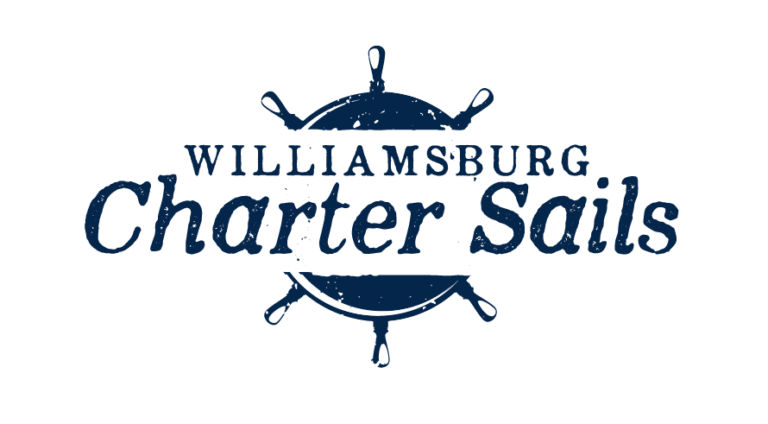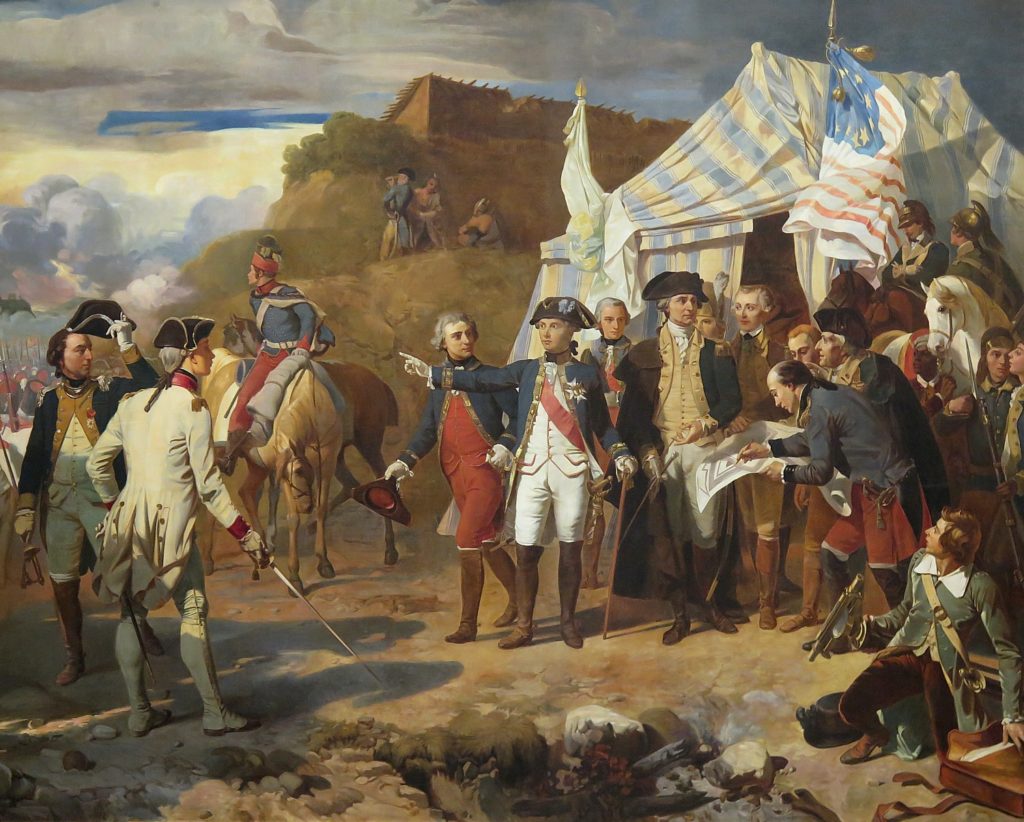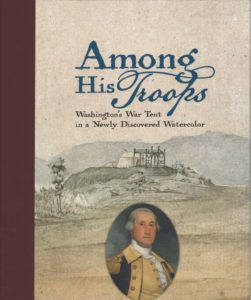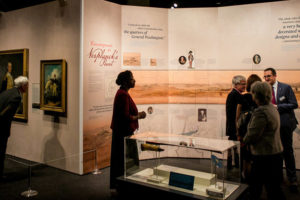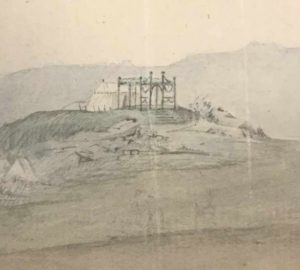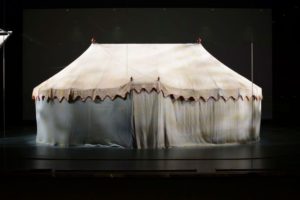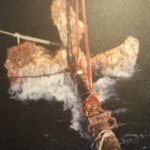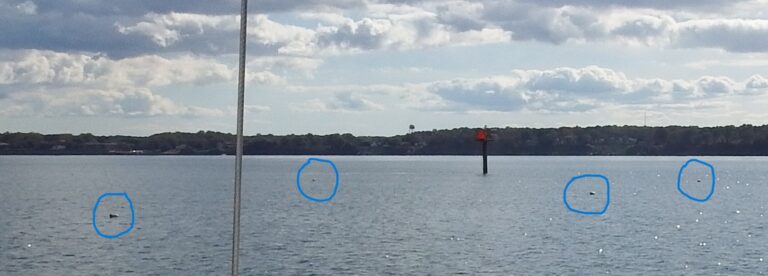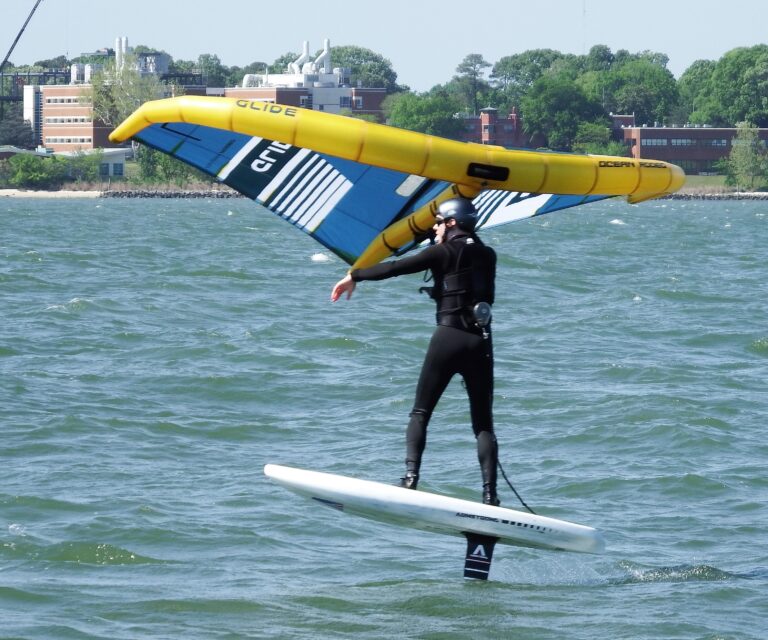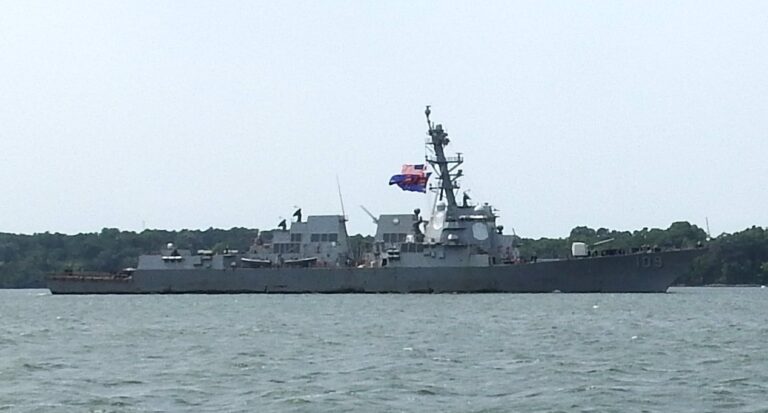
Stuck Again
It took more than an hour for the USS Jason Dunham to transit the Coleman Bridge because it was stuck closed. Afterward, it got stuck at the end while closing. Traffic was backed up for miles in both directions. According to ChatGPT: Yes, the Coleman Bridge is experiencing extended delays
